Aortic Surgery in Cuba
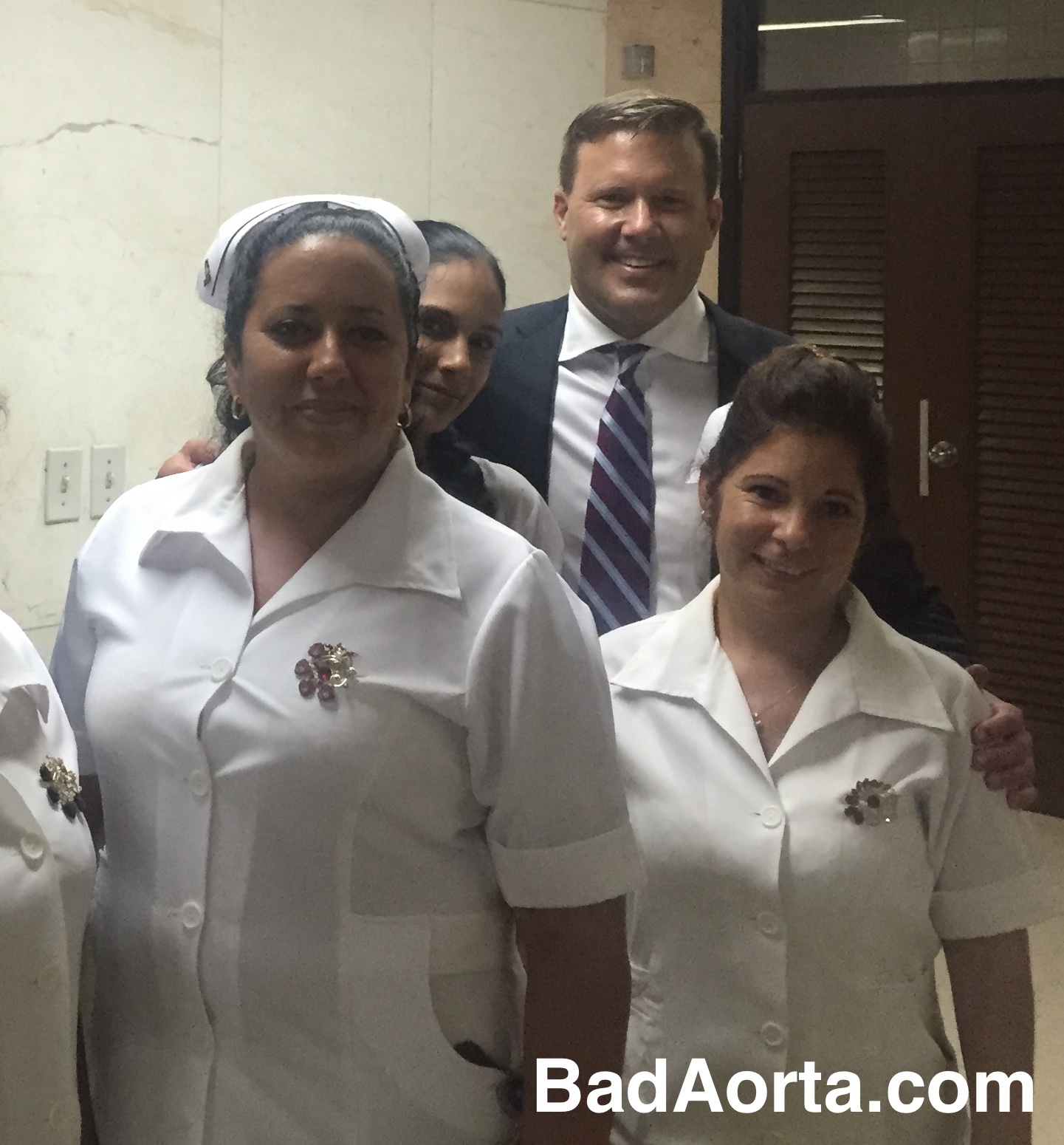
Cuba!?
Yes, you read that correctly.
With the recent passing of Fidel Castro, I thought it would be a good time to share some of my adventures from Cuba.
Over the last year and half, I have had the pleasure and good fortune to travel to Cuba twice to learn more about the healthcare system in Cuba and understand how patients with aortic disease are treated.
With these visits, I have also met many wonderful people and established lifelong friendships.
Most of all, I found the people of Cuba incredibly welcoming, friendly, giving and sincere.
My initial visit in August 2015 was part of an academic exchange with the Sociedad de Cardiologia y Cirugia Cardiovascular de Cuba as collaboration with the 21st Century Cardiothoracic Surgical Society (21CCSS), of which I am a member.
Our two day academic exchange took place in Havana, Cuba at Hospital Hermanos Amejeiras and was directed by Professor Manuel Silvino Nafeh Abi-rezk, Chief of Cardiovascular Surgery at Hospital Hermanos Amejeiras.
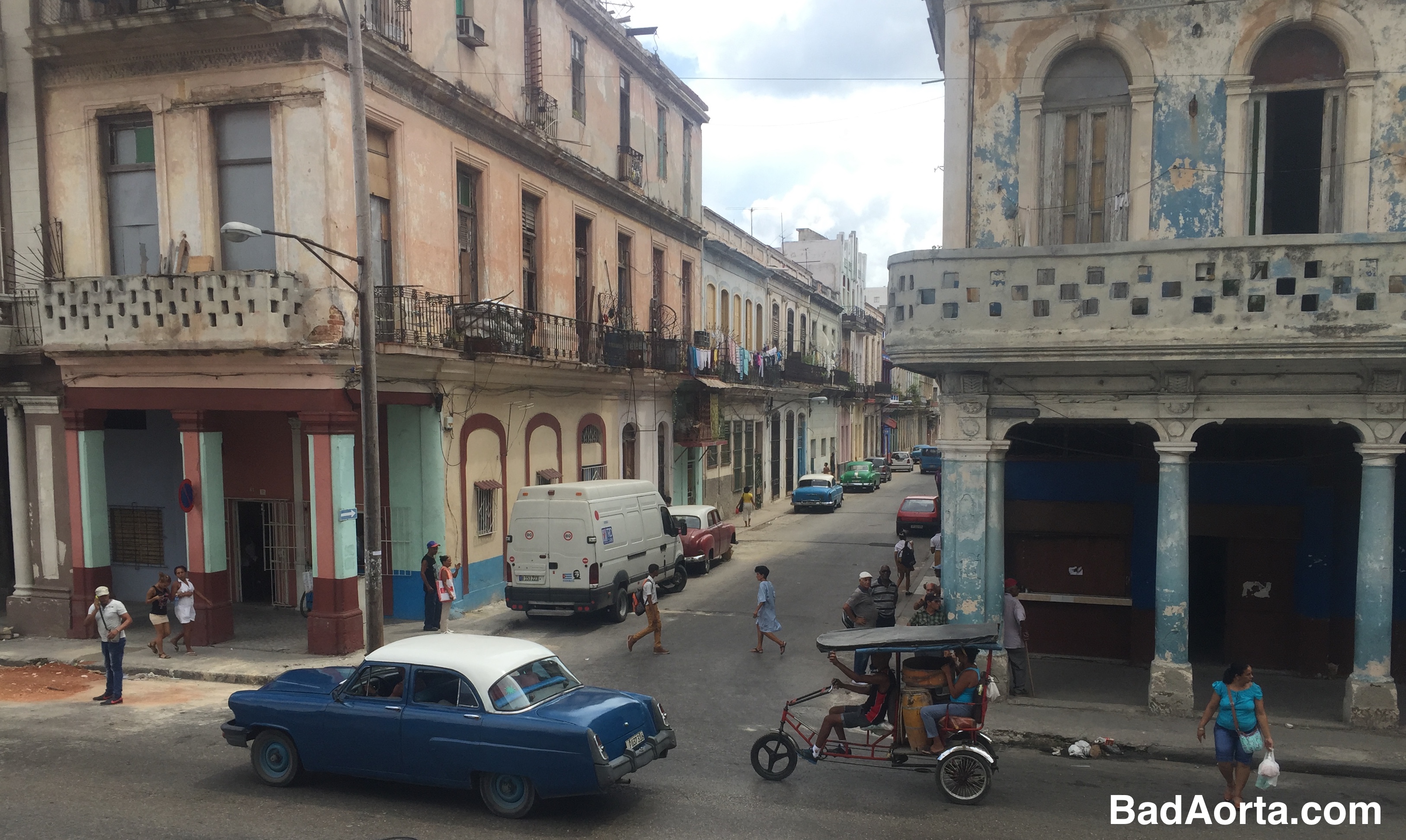
We had great participation from by members of the 21st Century Cardiothoracic Surgical Society and our Heart Surgery colleagues from Cuba.
We alternated presentations where we each discussed our practices and areas of interest along with perspectives on health care delivery in our respective countries.
Everyone came away with an incredible sense of pride in having met with colleagues that have previously not been open to each other.
As many of you may know, Medicine and Surgery, both in the United States and around the world, is a collaborative and social enterprise where we are always trying to help each other and share our knowledge for the benefit of advancing patient care.
We also made lasting friendships and many of us have stayed in close contact with our Heart Surgery colleagues.
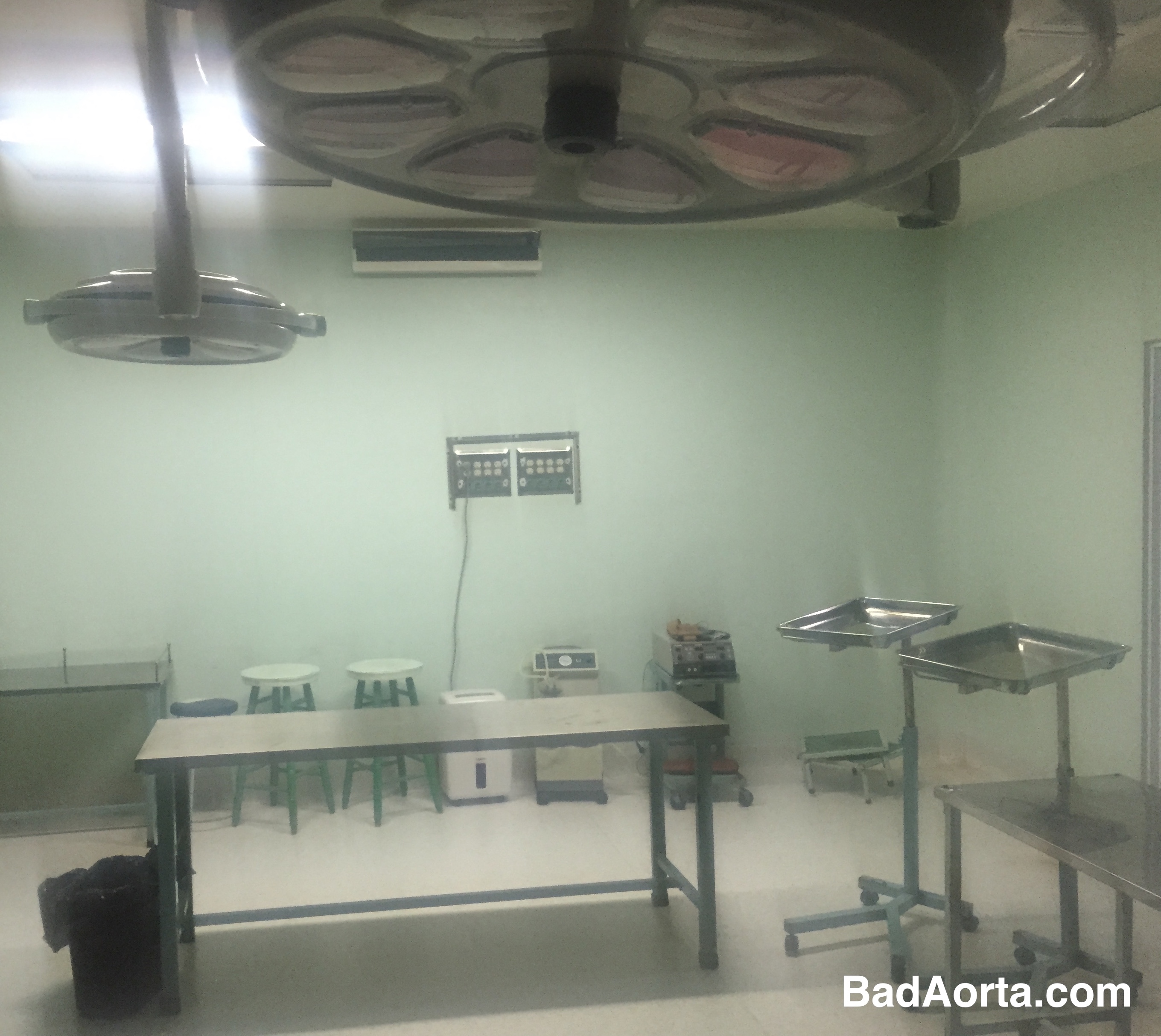
Before I arrived in Havana, I was very curious about the overall state of Heart Surgery in Cuba, and most particularly about the state of affairs of Aortic Surgery in Cuba.
After the academic exchange, I was impressed with the advanced state and quality of Heart Surgery in Cuba. Cuba has a rich and proud history of training medical students and surgery residents from all over the world. Heart Surgeons from Cuba have regularly traveled to Europe and Latin America to get updated on surgical techniques and procedures.
I was introduced to the Ministry of Health in Cuba which runs and governs everything related to healthcare. This is a very powerful organization which coordinates all healthcare-related activities.
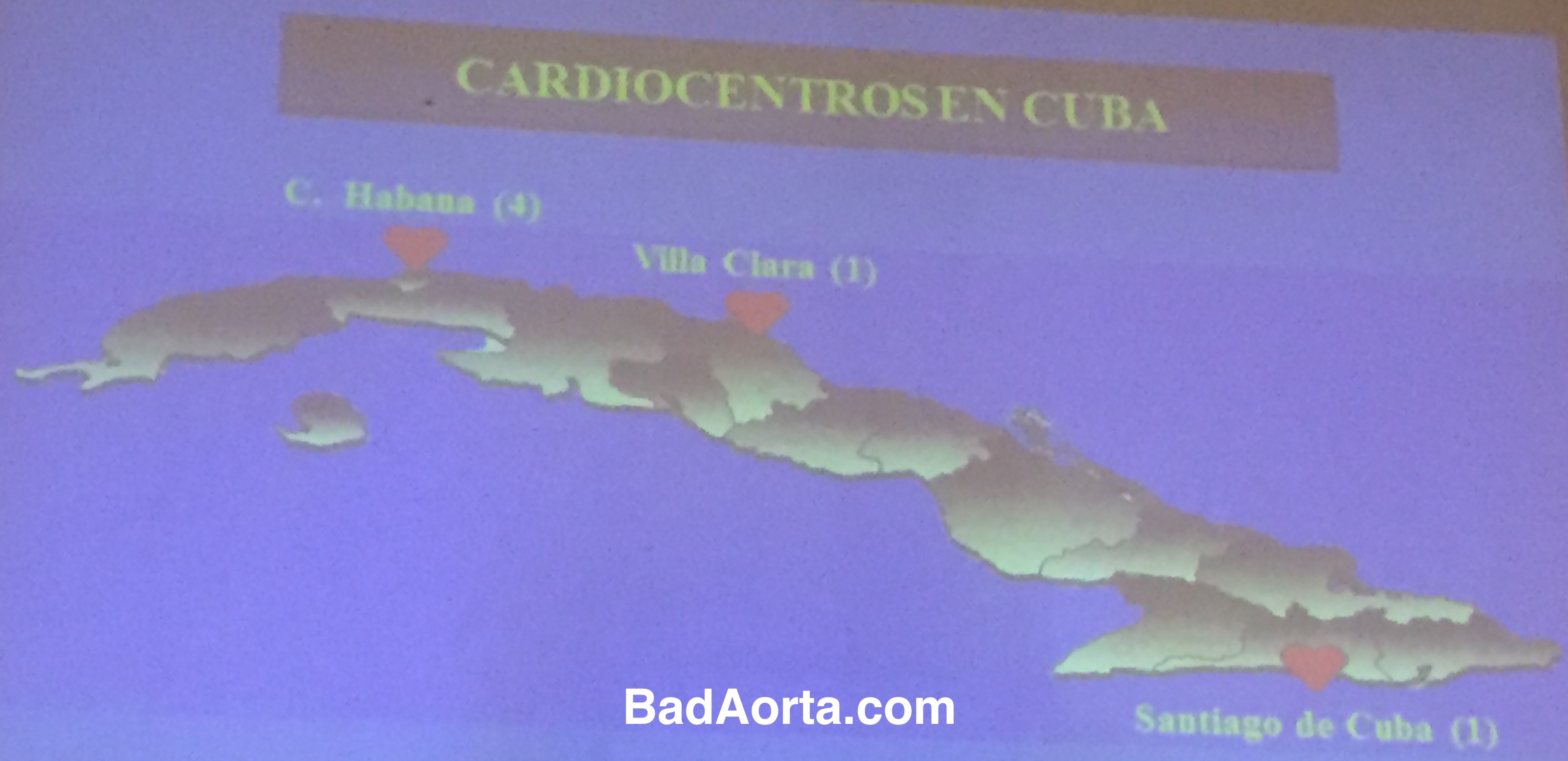
The Cuban Ministry of Health has divided Cuba into 3 regions and centralized Heart Surgery care within each of these three regions.
There are 4 heart centers in the Havana region, 1 center in Santa Clara, Cuba and 1 heart center in Santiago, Cuba.
Patients have basic heart issues treated and cared for at the outlying hospitals and clinics, but any patient requiring heart surgery gets transferred to the centralized heart center in that particular region.
The design lends itself to coordinated care at a major heart center and standardization of protocols and cost containment. Some critics of the current US health care policies recommend similar programs in the United States.

As part of the academic exchange, our group was graciously permitted to tour the heart surgery operating room and suites at Hospital Hermanos Amejeiras by our host,Professor Manuel Silvino Nafeh Abi-rezk.
We had no idea what the facilities would look like and we were pleasantly surprised by the layout, equipment and resources available to these Heart Surgeons.
All of the basic supplies and equipment for open heart surgery was available to these Heart Surgeons.
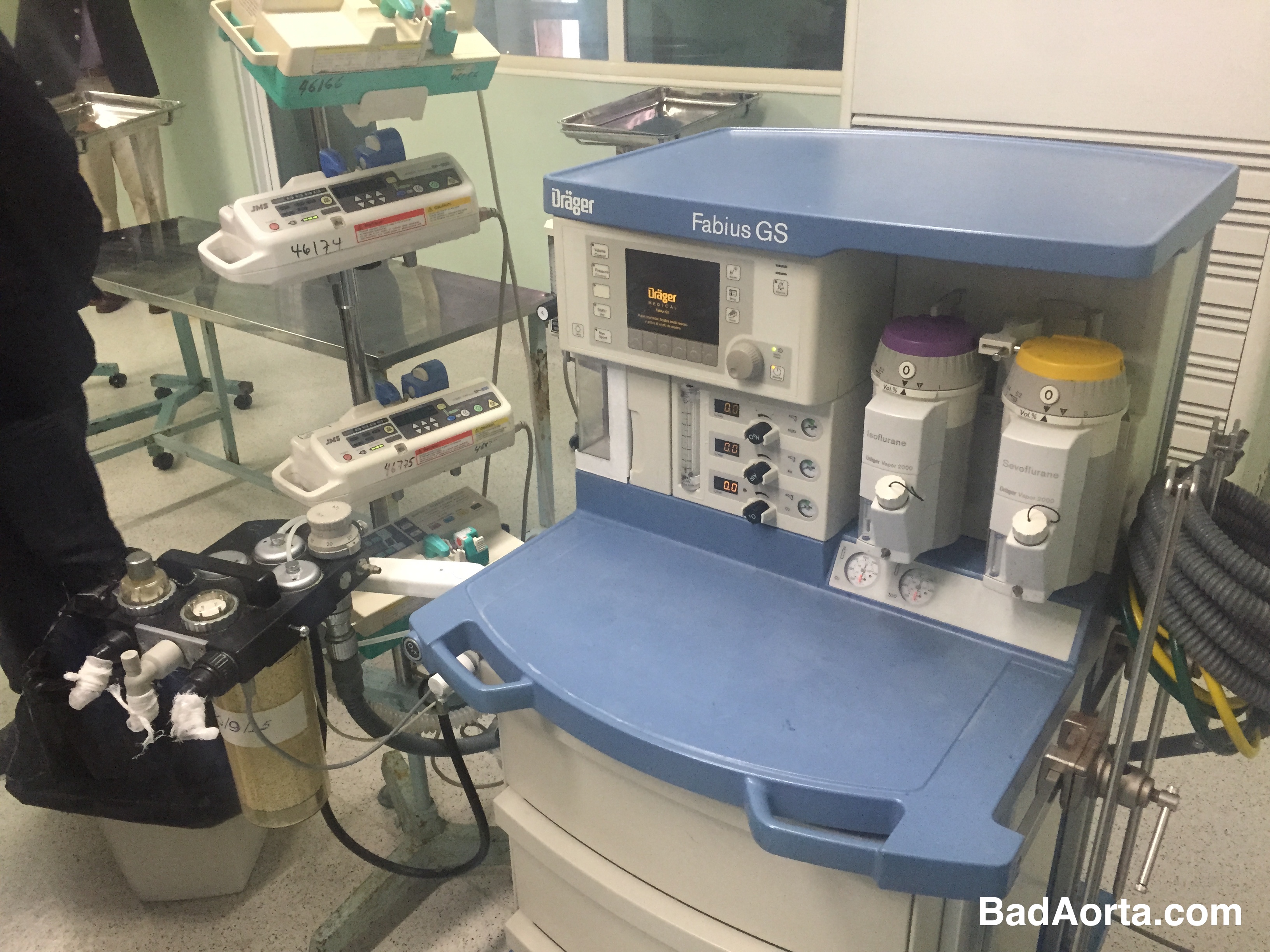
The heart bypass machine used for cardiopulmonary bypass was modern and in good condition. All of the ancillary supplies (pump tubing, etc.s) was available and in good condition.
The anesthesia machine used for open heart surgery procedures was the most modern and up-to-date piece of equipment in the heart surgery operating room.
Other pieces of equipment were of satisfactory condition. There were pieces such as the cautery machine, suction machine and defibrillator.
Heart surgeons in Cuba are doing very complex open heart surgery procedures such as on-pump and off-pump coronary artery bypass grafting (CABG) procedures including complete arterial revascularization. Their outcomes are excellent.
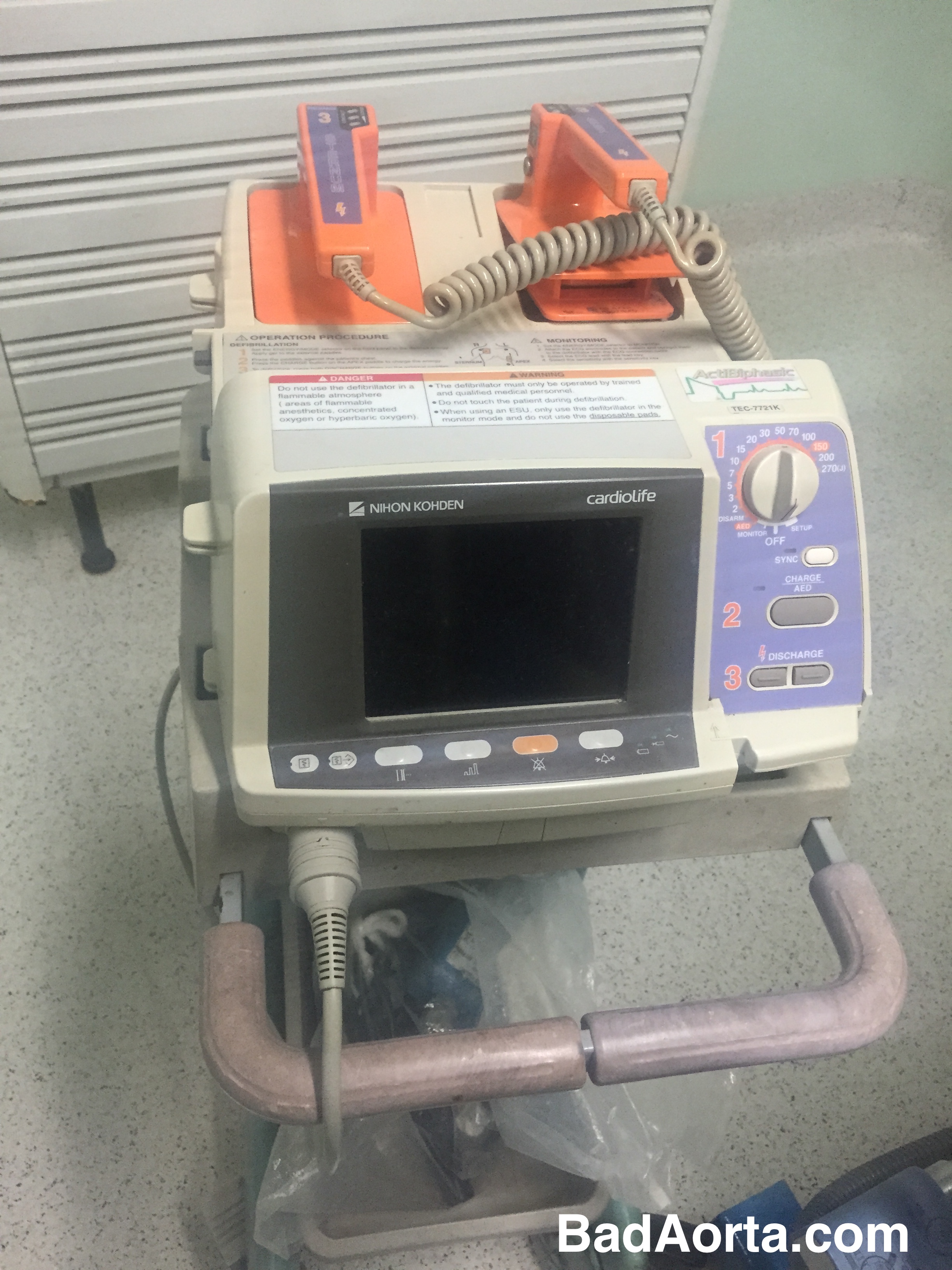
On the tour of the heart surgery operating room at Hospital Hermanos Amejeiras, I asked our host Professor Manuel Silvino Nafeh Abi-rezk about the availability of other supplies such as heart valves, sutures, and aortic grafts.
I discovered that many of these items are in limited supply. The heart surgeons do a great job of making sure the necessary supplies are available for each heart surgery cases, but sometimes there are delays of heart surgery while they are awaiting arrival of equipment that have ordered.
For example, if a patient needs an aortic valve replacement, there are a range of sizes that need to be on hand at the time of the procedure in order to ensure the the patient recieves the correct sized heart valve. The size of the heart valve is determined intra-operatively based on measurements that are performed while the heart is stopped and opened.
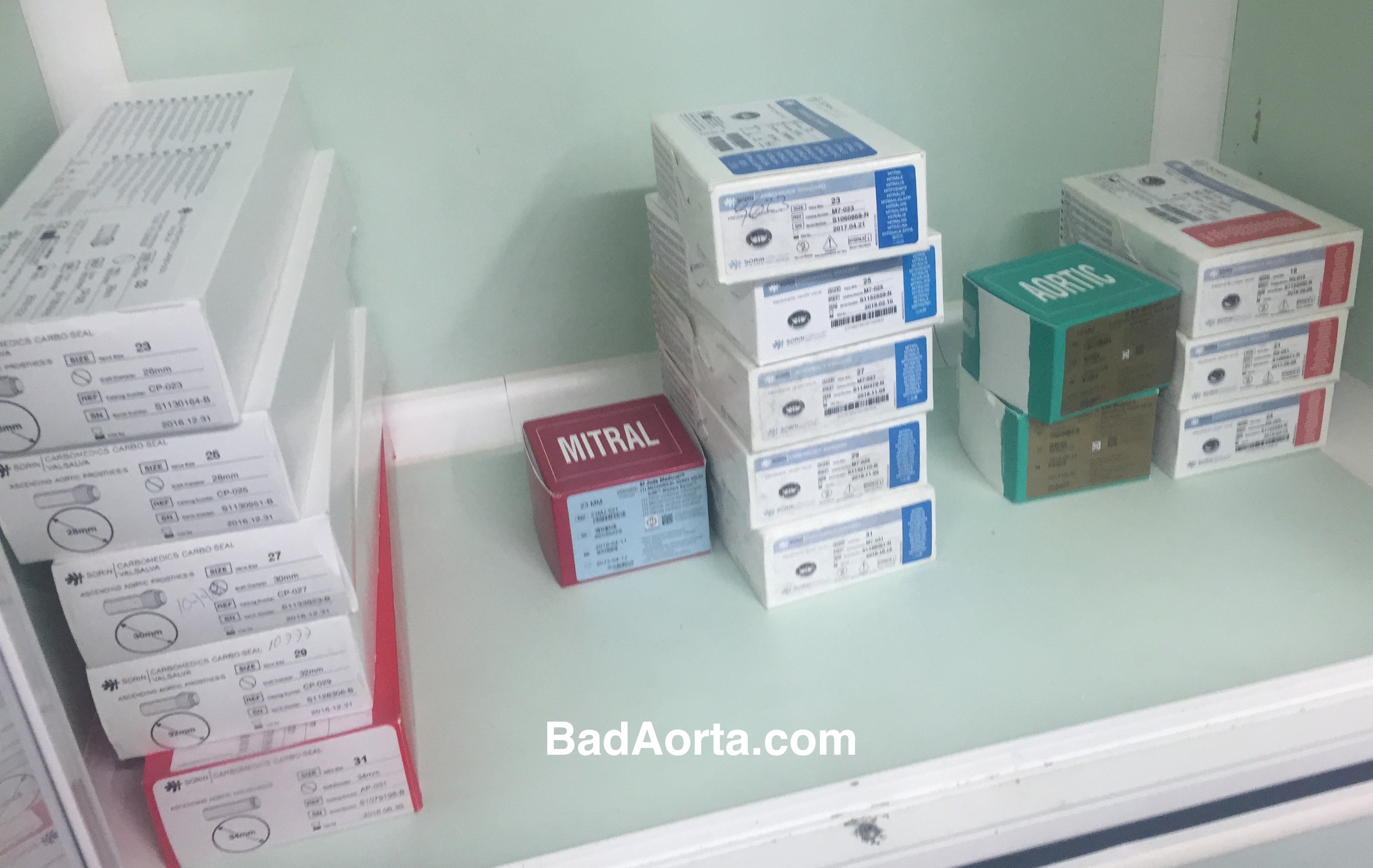
As a result, all available sizes need to be on hand and sometimes additional sizes need to be ordered by the heart surgeon and hospital.
What struck all of us visiting Heart Surgeons from the United States, was the lack of redundant options for these supplies. Meaning, only one vendor for each type of product.
For aortic valves, for example, in the United States we can have as many as 4 or 5 choices on the shelf in the hospital at one time. Each manufacturer of a heart valve touts superiority of engineering and better design than their competitor. This may be true to some degree, but different heart surgeons have different opinions about which valve to use and heart surgeons in the US have multiple choices for each case.
In Cuba, there is only one vendor choice of heart valve replacement. This choice is driven mostly by costs, but there are economic embargoes still in place between the US and Cuba and this prevents US Heart Valve companies from directly selling to Cuba. Cuba has to obtain their inventory through Europe or Latin America.
It is surprising that Chinese manufacturers of heart valves and other medical devices haven’t moved in to offer better deals on Chinese medical devices.
China has a host of medical device manufacturers who sell their products for much less than US or European medical device companies and this seems like a perfect opportunity for them to negotiate with the Ministry of Health of Cuba.
From an aortic surgery perspective, Heart and Vascular Surgeons are doing excellent procedures in Cuba at all of the heart surgery centers.
They are doing acute Type A aortic dissection repairs, ascending aortic aneurysm replacement and open abdominal aortic aneurysm repairs.
There is still an opportunity to advance aortic arch surgery including hypothermic circulatory arrest techniques.
Most importantly, there are no endovascular devices available to heart and vascular surgeons in Cuba. There are many reasons for this, but mostly it is lack of availability of aortic stent grafts. In addition, the endovascular techniques needed to implant these devices is not part of the Heart Surgeon’s repertoire, although interventional radiologists and interventional cardiologists partnering with heart and vascular surgeons should be an excellent model for collaboration.
We took an informal poll of the heart surgeons from Cuba about what skills they would most want to learn and it was unanimous that endovascular skills are in most demand.
There are no hybrid ORs in Cuba and initially endovascular aortic stents will need to be performed with protable C-arm imaging machines
This is part 1 of the topic aortic surgery in Cuba and I will more posts about this topic soon.
Be sure to check out my other website drgraysonwheatley.com where I have additional pictures from Cuba, including some of the beautiful antique cars of Cuba.
Please pass this post along to friends and associates who you think would find this information valuable.
Was this post informative?
Subscribe to my newsletter to learn more about the aorta, its diseases, and how to treat them.
Comments
Share your thoughts below — I try to get back to as many comments as possible.